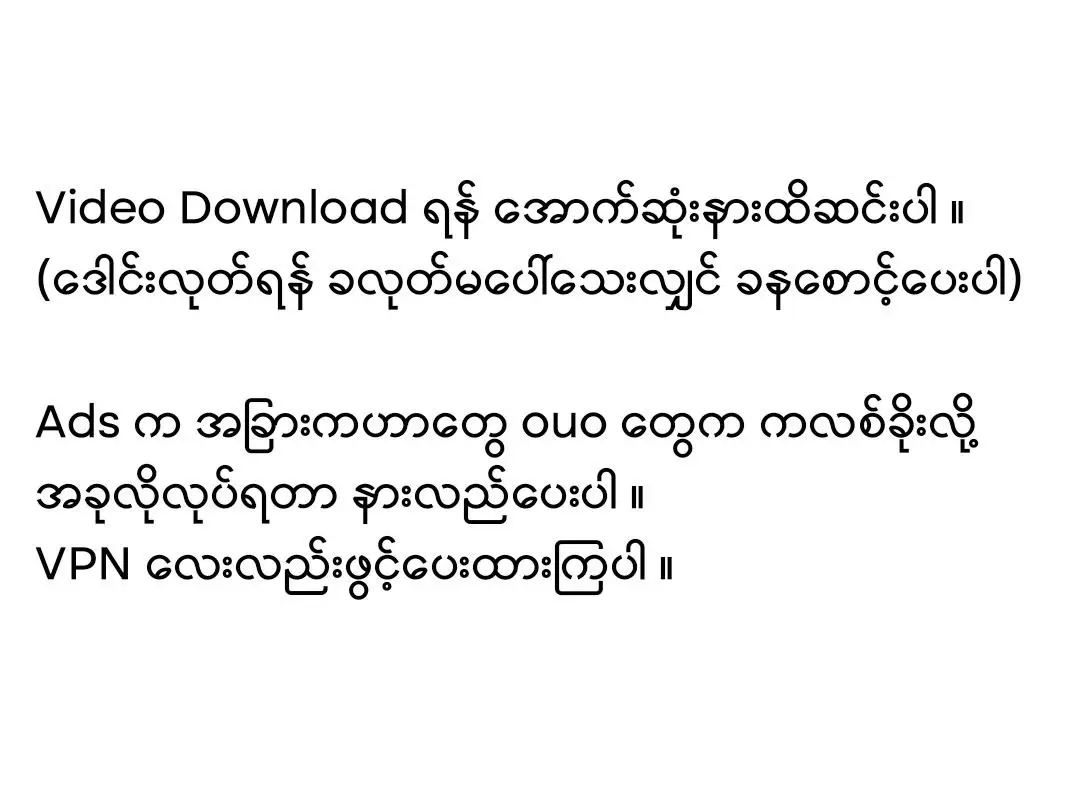
A medium cylindrical piece of sushi known as uramaki (“reverse roll”) was developed as a means of hiding the seaweed after California rolls. Unlike other rolls, uramaki is characterized by seaweed on the inside and rice on the outside. The anko is surrounded by a layer of seaweed, a layer of rice, and optionally other ingredients such as fish roe and roasted sesame seeds. Various toppings such as carrots, avocado, mayonnaise, avocado, tuna, and crab sticks are possible.
There are two types: the “Imomushi roll”, which is a thinly sliced avocado rolled upside down, and the “Rainbow roll”, which is a thinly sliced tuna, Aburahamaba, shrimp, sake, and avocado rolled upside down.
Grilled eel, avocado, and roasted sesame rolls are also popular.
Since sushi is typically eaten with your hands in Japan, it is difficult to handle the outer layer of rice with your fingers. In this way, uramaki is a unique scroll. [50]
In Brazil, uramaki and other sushi dishes use cream cheese. Although the classic recipe varies, it is the main ingredient in sushi all over the country. Temaki is a dish that is often served in restaurants with plenty of cream cheese.
